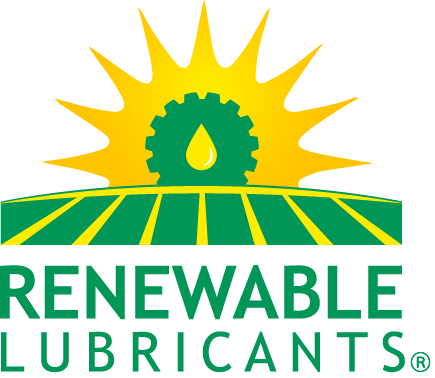
An Oil Analysis Method based on Copper Corrosion
The aim of the copper strip corrosion test is to evaluate the extent of corrosivity of a petroleum product resulting from active sulfur compounds. A part or component made of iron or ferrous alloy cannot be used with this method.
This method, which is widely used in the analysis of gearbox, turbine, and hydraulic lubricants, can determine the corrosive impact of a lubricant on copper alloys. The ASTM D130 copper corrosion oil analysis method is a relatively easy process. A polished copper strip is placed in 30mL of sample at an elevated temperature of either 50°C or 100°C, depending on the type of gasoline, grease, or oil under investigation, for a duration of three hours.
Following this period, the copper strip is cleaned and examined for any indications of deterioration. The ASTM color-match scale ranging from 1A to 4C is employed to rate the findings by comparing the stains on the copper strip.
A rating of 1A signifies the appearance of slightly discolored freshly polished copper coupons, which are scarcely noticeable. A rating of 1B implies slight tarnish, and the ratings decrease progressively down the scale as the corrosion staining of the test coupon becomes more severe. An item rated 4C typically has severe corrosion, blackening, and pitting.
Our High Temperature Biobased Grease is characterized by its super high viscosity index base oil and lithium complex thickener, which improves thermal shear stability and load capacity. It contains no heavy metals or other harmful or environmentally undesirable additives, and is Ultimately Biodegradable. It meets and exceeds the performance requirements of ASTM D-4950, with a copper corrosion rating of 1A.
